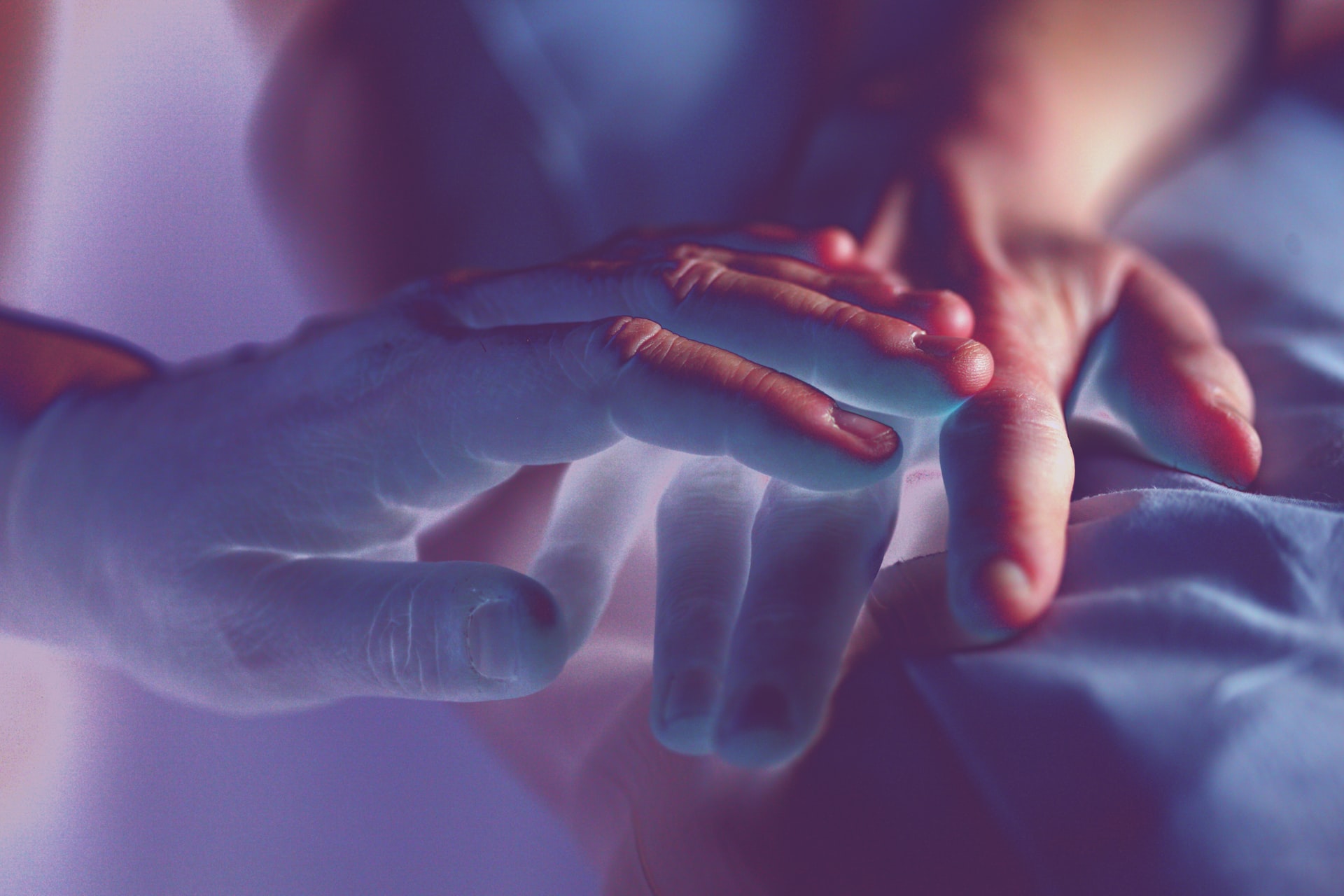Jim Tucker and Jennifer Kim Penberthy announced they believe in some type of afterlife at a South by Southwest panel in Austin, Texas on Tuesday. As psychiatry professors at the University of Virginia, they’ve spent a lot of time looking into what happens after we die. Tucker studies near-death experiences and children that claim to remember their past lives, while Penberthy studies near-death experiences and after-death communications, which is when people claim to be visited by a deceased loved one.
Their research has convinced them that some type of consciousness exists beyond our physical reality.
“There is more than the idea that we just live in this body and die and that’s it,” Penberthy said.
They stopped short of saying there is a heaven or some type of resurrection process, but they have noticed similarities in people that have had near-death experiences. Their work mostly consists of listening to people’s stories, determining whether those experiences are credible, and looking for scientific patterns.
Tucker described a young boy named Ryan Hammons in his 2013 book “Return to Life”. Hammons claimed to have been a Hollywood agent in a previous life. Tucker found that 55 of Hammons’ claims matched the real-life experiences of Marty Martyn, a Hollywood agent who died in 1964.
Penberthy has been studying the afterlife for years and is waiting for the field to go mainstream in the scientific community. “Science is an evolution and it’s changing,” she said, adding, “In my world, I see it changing to include more expansive approaches to things.”
Both researchers say people tend to report seeing or feeling similar things during a near-death experience. Most people say they see visions of loved ones while they’re falling asleep or waking up.
Tucker said around 70% of the young children he’s studied who say they have memories of a past life are able to describe how they died – and many of those deaths were traumatic. Some of them will even grieve for their lost family members. Around 20% of them say they have memories of an intermediate time between death and their next life.
Many people that have come close to death also report seeing the same vision.
“Often when somebody has a heart attack or something that briefly causes their brain to shut down, many of them will describe floating above their bodies,” Tucker said. From there, they will travel down a dark passage towards a bright beam of light.
Others suggest that we relive moments from the past before we die. Researchers from the University of Louisville analyzed a dying man’s brain and found that his life flashed before his eyes.
Tucker says these kinds of events are hard to explain.
Critics argue the brain may be tricking the person into seeing visions that are no more than hallucinations. But a near death experience typically comprises a person’s brain function. Hallucinations, on the other hand, are usually the result of an overactive sensory cortex (the part of the brain that receives and interprets sensory information). That would make it hard for a dying person to hallucinate, Tucker said.
What Happens During a Near-Death Experience?
Both Tucker and Penberthy said that people tend to view near-death experiences as positive. They tend to have a greater appreciation for life once they realize they are going to be okay.
“This experience is completely transformative for them,” Tucker said, adding, “They say they have lost fear of death, because they know that life continues.”
Randy Schiefer has had several encounters with death, and each one dramatically changed his life.
When he was 16, his father suffered a heart attack while their family was staying at a hotel on vacation. He tried to do CPR and mouth-to-mouth resuscitation, but it didn’t work.
He ran into the hall and started banging on the other hotel room doors for someone to come out and help.
“But nobody did,” Schiefer says.
His father died that night, and the experience has haunted him ever since. Whenever he would think back to that night, he started thinking about his own death.
“I would go into panic attacks,” Schiefer says. “I’d get real tight in my chest and the only way that I could control it is just try to settle myself down and say, ‘Okay, get it out of your head, get it out of your head.'”
For Schiefer, death remained an unknown – until he had a near-death experience himself.
He contracted COVID-19 in March 2020 and his condition deteriorated rapidly. He was put into a medically induced coma and placed on a heart-lung machine.
He remained unconscious for nearly a month. His daughter pushed for him to receive convalescent plasma treatment, and his condition eventually improved.
“My lungs had completely cleared by that Tuesday. My kidneys started to function fully again and so did my liver,” Schiefer says.
While he was in the coma, Schiefer remembers his consciousness awakening. He was traveling through a kind of tunnel, with light streaming through like windows in an airplane.
“Beautiful, warm, loving light,” Schiefer says.
The tunnel brought him to a large room with arched windows and stained glass. It was also permeating with that same warm, loving light. Then Schiefer says a gentleman approached him and said he didn’t belong there — that he had to leave. He walked out through giant oak doors into an even more serene scene.
“I remember going through the doors and it took me out into a golden city, and it was absolutely stunning,” says Schiefer.
When he later described the experience to his daughter, he said it looked like Paris and the grass in the parks was a deeper green than anything on earth.
“And I’ve been to the highlands of Scotland,” Schiefer says.
But this feeling of awe went away when Schiefer realized he didn’t know where he was or how to get back. He felt lost.
“I remember sitting down and I started to panic, and I started to cry,” he says.
He started to feel cold and scared.
“Suddenly I looked over my shoulder and saw this big white staircase that rose up in the sky as far as you could see,” says Schiefer.
He began climbing the staircase, crawling on his hands and knees, and then he says someone called him by name, grabbed him by the shirt and whisked him away.
“I remember it going black, back to my little dark sedated world,” Schiefer says.
After telling her the story, his daughter told him that he was probably hallucinating because of the medication, but that didn’t sit right with Schiefer.
“My dreams were foggy. And my hallucinations were just stupid. I saw nine dancing panda bears on the ceiling,” Schiefer says. “But this was so real. I was there. I was involved with my environment, and I felt so much peace and love and acceptance. More than I have ever felt before.”
Since the encounter, he has started talking openly about death. He has also returned to his Chirstian faith and is trying to be the best person he can be.
“I’m much more open, much more welcoming, much more understanding than I was before, I think much more loving as a husband and father as I was before,” Schiefer says.




